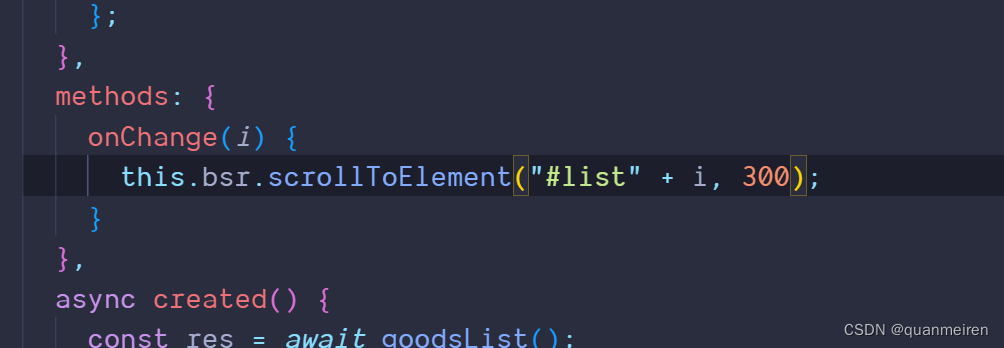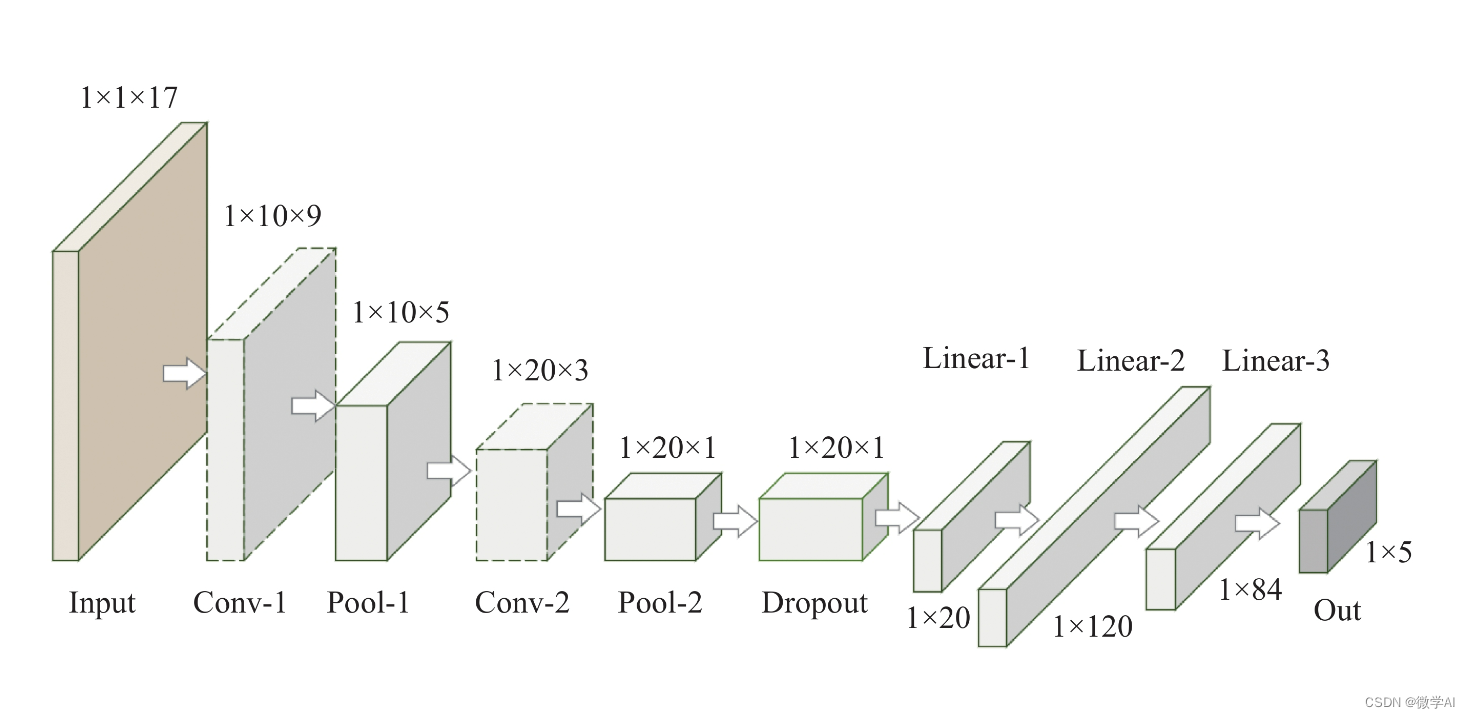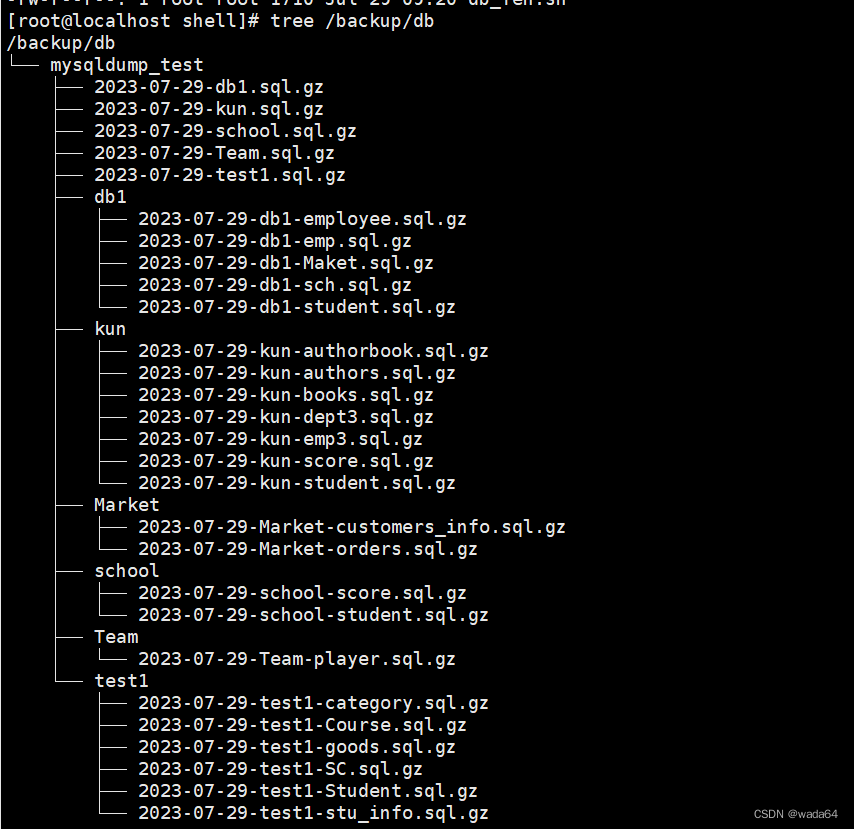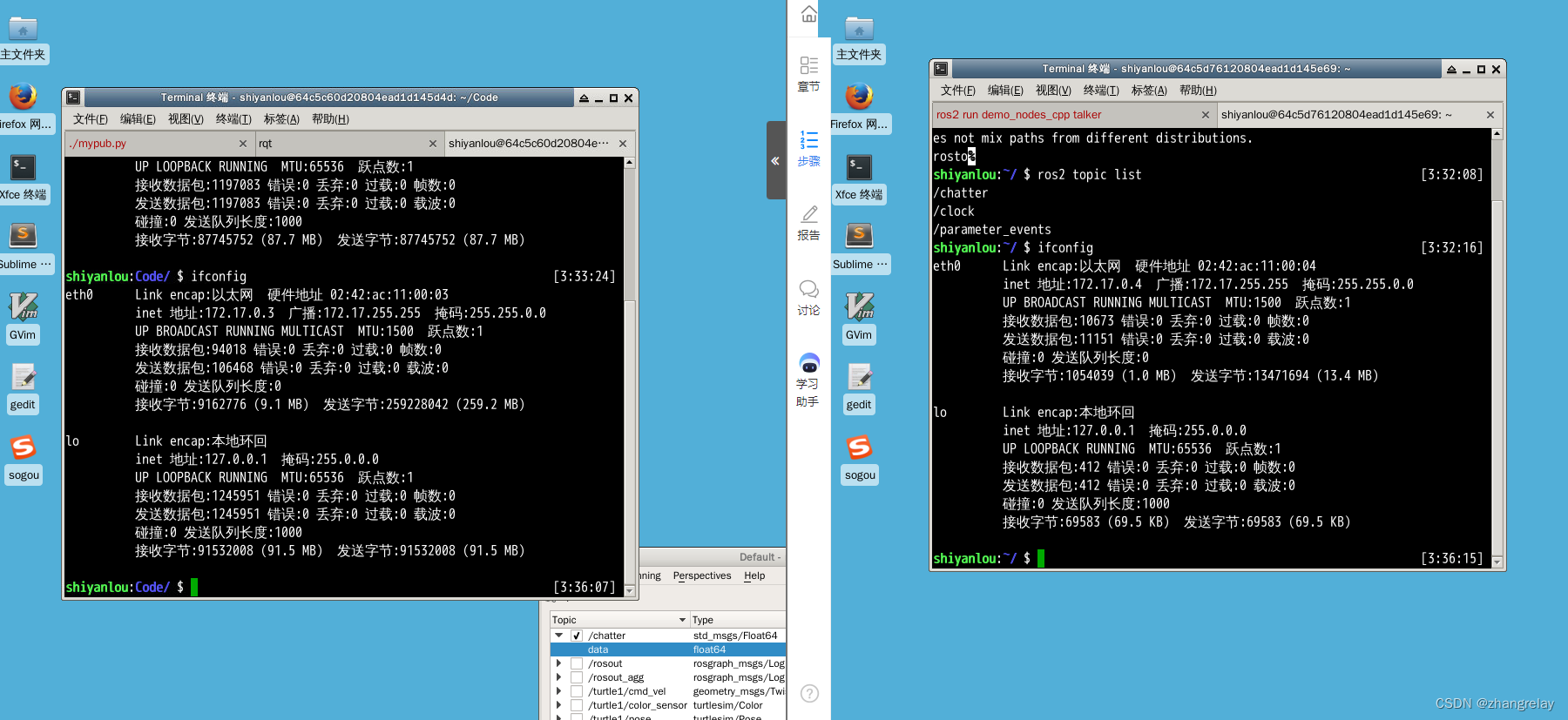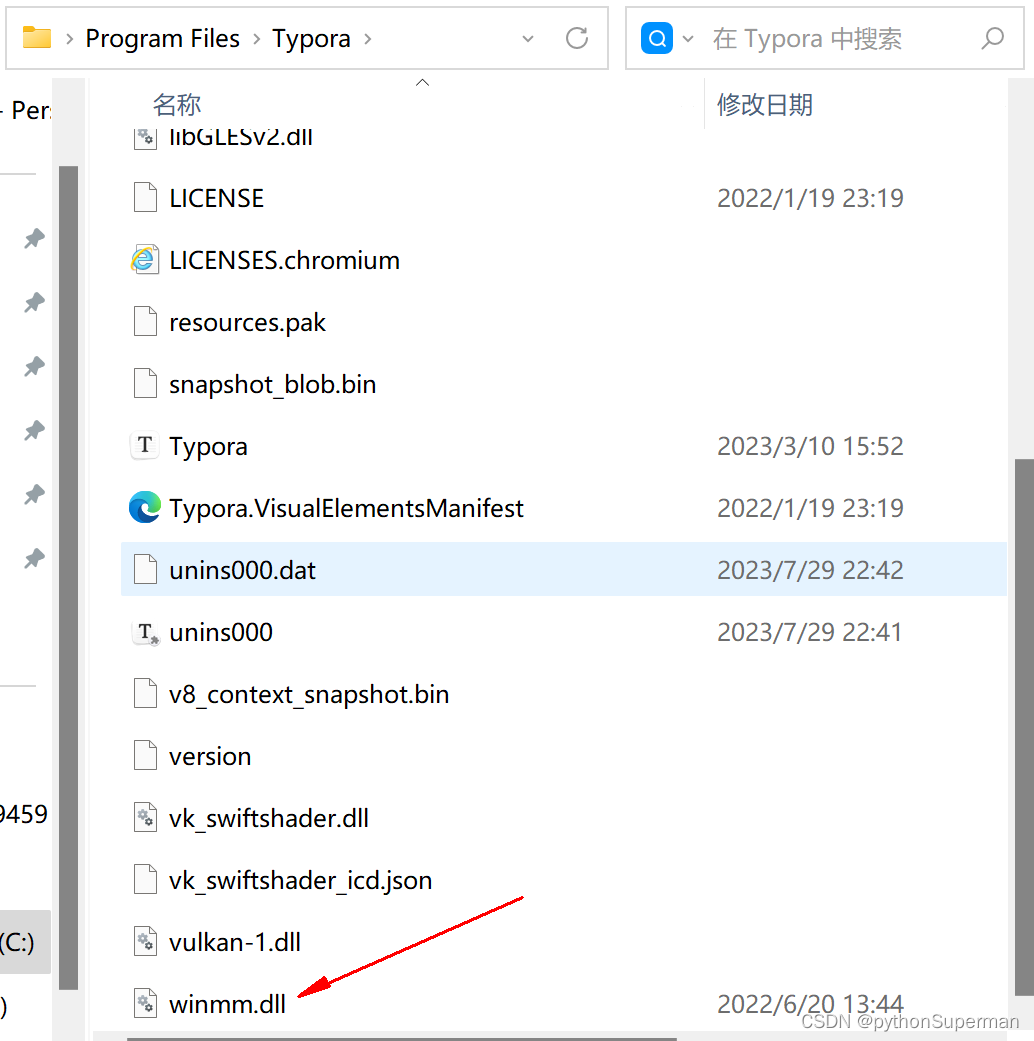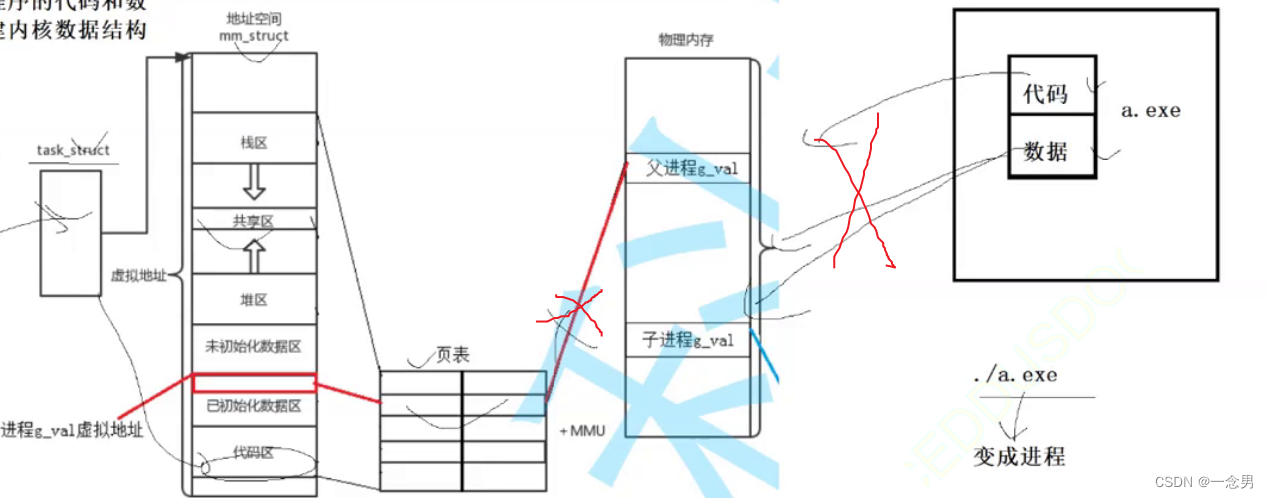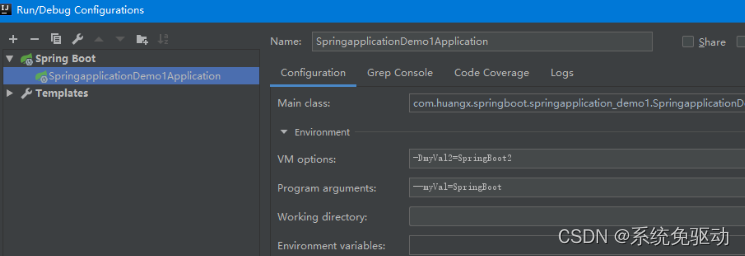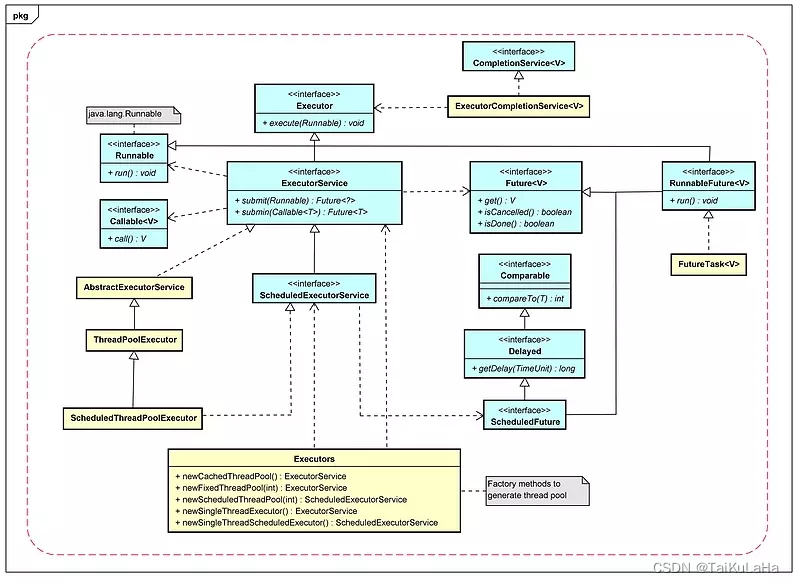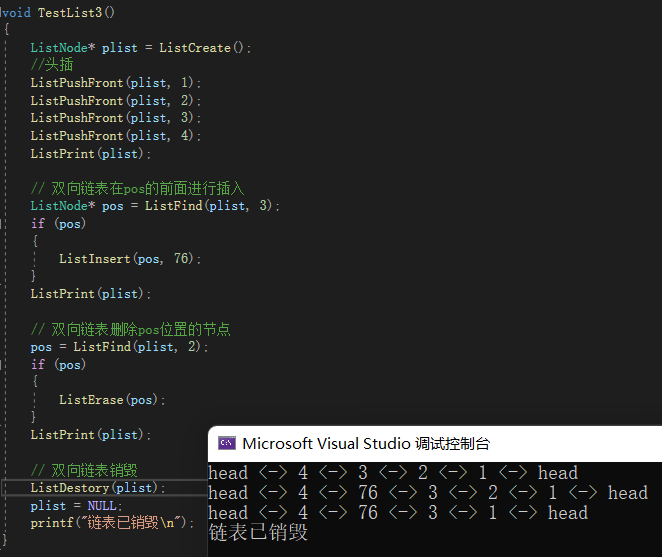页面nginx配置
1,前端页面放在域名根目录,比如,http://www.xuecheng.com/ ,对应的nginx配置:
#门户
location / {
alias D:/Z_lhy/SpringCloud/xuecheng_online/www/xc-ui-pc-static-portal/;
index index.html;
}
页面目录:

接口nginx配置
2,前端请求接口路径,在域名后面加一个目录
url : "http://www.xuecheng.com/api/auth/oauth/token",//发送请求的地址
function login(){
var uname = $("#username").val();
var pwd = $("#password").val();
$.ajax({
url : "http://www.xuecheng.com/api/auth/oauth/token",//发送请求的地址
type: "post",
dataType: "json",
data : "username="+uname+"&password="+pwd+"&grant_type=password",
beforeSend:function (request) {
// 如果后台没有跨域处理,这个自定义
request.setRequestHeader("Authorization","Basic RG9jV2ViQXBwOjEyMzQ1Ng==");
// 禁用按钮,防止重复提交
$("#submit").attr({ disabled: "disabled" });
},
error : function() {
alert("error occured!!!");//请求失败时弹出的信息
},
success : function(data) {//返回的信息展示出来
alert(JSON.stringify(data))
}
});
};
nginx 对api接口配置
location /api/ {
add_header 'Access-Control-Allow-Origin' $http_origin;
add_header 'Access-Control-Allow-Credentials' 'true';
add_header 'Access-Control-Allow-Methods' 'GET, POST, OPTIONS';
add_header 'Access-Control-Allow-Headers' 'DNT,Authorization,Accept,Origin,Keep-Alive,User-Agent,X-Mx-ReqToken,X-Data-Type,X-Auth-Token,X-Requested-With,If-Modified-Since,Cache-Control,Content-Type,Range';
add_header 'Access-Control-Expose-Headers' 'Content-Length,Content-Range';
if ($request_method = 'OPTIONS') {
add_header 'Access-Control-Max-Age' 1728000;
add_header 'Content-Type' 'text/plain; charset=utf-8';
add_header 'Content-Length' 0;
return 204;
}
proxy_pass http://apiserver/;
proxy_set_header Host $host;
proxy_set_header X-Real-IP $remote_addr;
proxy_set_header X-Forwarded-For $proxy_add_x_forwarded_for;
proxy_set_header X-Forwarded-Proto $scheme;
proxy_connect_timeout 5;
}
其中的
$http_origin
$http_origin并不是nginx的内置参数,nginx支持取自定义的参数值,$http_XXX这个格式是nginx取请求中header的XXX的值的。这里取的是origin,而一般跨域请求都会将请求的来源放在origin中(浏览器会往跨域请求的header上面加origin这个header)。

这样配置的话,前端页面在域名下:www.xuecheng.com,而访问的接口则是www.xuecheng.com/api/xxx ,这样就不存在跨域问题了,
其实nginx不配置 Access-Control-Allow-Origin也没事,因为前后端在一个域下了。
注意事项
如果你前后端访问存在跨域问题,而且你需要使用cookie,后端要想获取到前端携带过来的cookie,前后端都要做配置:
前端:
var xhr = new XMLHttpRequest()
xhr.withCredentials = true
xhr.open('GET', 'http://localhost:8888/', true)
xhr.send(null)
后端:
Access-Control-Allow-Origin: http://www.abc.com(这里必须域名不能是*) Access-Control-Allow-Credentials: true
完整nginx配置
#user nobody;
worker_processes 1;
#error_log logs/error.log;
#error_log logs/error.log notice;
#error_log logs/error.log info;
#pid logs/nginx.pid;
events {
worker_connections 1024;
}
http {
include mime.types;
default_type application/octet-stream;
#log_format main '$remote_addr - $remote_user [$time_local] "$request" '
# '$status $body_bytes_sent "$http_referer" '
# '"$http_user_agent" "$http_x_forwarded_for"';
#access_log logs/access.log main;
sendfile on;
#tcp_nopush on;
#keepalive_timeout 0;
keepalive_timeout 65;
#gzip on;
#微服务网关
upstream apiserver{
server 127.0.0.1:50101;
}
server {
listen 80;
server_name www.xuecheng.com;
ssi on;
ssi_silent_errors on;
#charset koi8-r;
#access_log logs/host.access.log main;
#门户
location / {
alias D:/Z_lhy/SpringCloud/xuecheng_online/www/xc-ui-pc-static-portal/;
index index.html;
}
#location / {
# root /neworiental/www/jiaofu;
# index index.html;
# try_files $uri /index.html;
#}
# proxy_pass末尾有/,请求地址:http://localhost/api/test,转发地址:http://127.0.0.1:8000/test
location /api/ {
add_header 'Access-Control-Allow-Origin' $http_origin;
add_header 'Access-Control-Allow-Credentials' 'true';
add_header 'Access-Control-Allow-Methods' 'GET, POST, OPTIONS';
add_header 'Access-Control-Allow-Headers' 'DNT,Authorization,Accept,Origin,Keep-Alive,User-Agent,X-Mx-ReqToken,X-Data-Type,X-Auth-Token,X-Requested-With,If-Modified-Since,Cache-Control,Content-Type,Range';
add_header 'Access-Control-Expose-Headers' 'Content-Length,Content-Range';
if ($request_method = 'OPTIONS') {
add_header 'Access-Control-Max-Age' 1728000;
add_header 'Content-Type' 'text/plain; charset=utf-8';
add_header 'Content-Length' 0;
return 204;
}
proxy_pass http://apiserver/;
proxy_set_header Host $host;
proxy_set_header X-Real-IP $remote_addr;
proxy_set_header X-Forwarded-For $proxy_add_x_forwarded_for;
proxy_set_header X-Forwarded-Proto $scheme;
proxy_connect_timeout 5;
}
location ^~ /openapi/auth/ {
proxy_pass http://apiserver/auth/;
}
#error_page 404 /404.html;
# redirect server error pages to the static page /50x.html
#
error_page 500 502 503 504 /50x.html;
location = /50x.html {
root html;
}
# proxy the PHP scripts to Apache listening on 127.0.0.1:80
#
#location ~ \.php$ {
# proxy_pass http://127.0.0.1;
#}
# pass the PHP scripts to FastCGI server listening on 127.0.0.1:9000
#
#location ~ \.php$ {
# root html;
# fastcgi_pass 127.0.0.1:9000;
# fastcgi_index index.php;
# fastcgi_param SCRIPT_FILENAME /scripts$fastcgi_script_name;
# include fastcgi_params;
#}
# deny access to .htaccess files, if Apache's document root
# concurs with nginx's one
#
#location ~ /\.ht {
# deny all;
#}
}
# another virtual host using mix of IP-, name-, and port-based configuration
#
#server {
# listen 8000;
# listen somename:8080;
# server_name somename alias another.alias;
# location / {
# root html;
# index index.html index.htm;
# }
#}
# HTTPS server
#
#server {
# listen 443 ssl;
# server_name localhost;
# ssl_certificate cert.pem;
# ssl_certificate_key cert.key;
# ssl_session_cache shared:SSL:1m;
# ssl_session_timeout 5m;
# ssl_ciphers HIGH:!aNULL:!MD5;
# ssl_prefer_server_ciphers on;
# location / {
# root html;
# index index.html index.htm;
# }
#}
}



